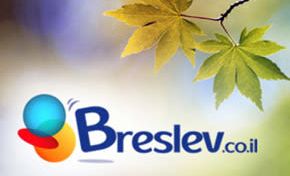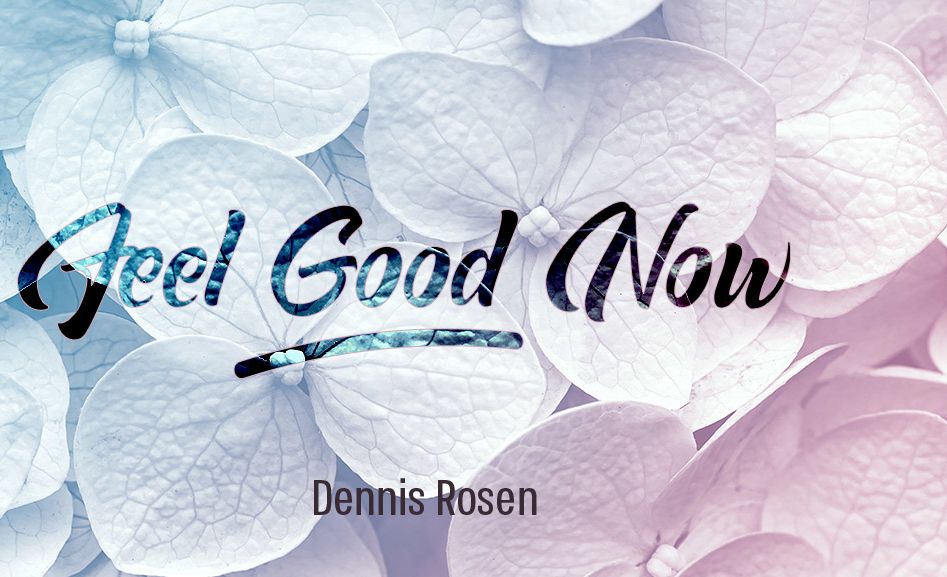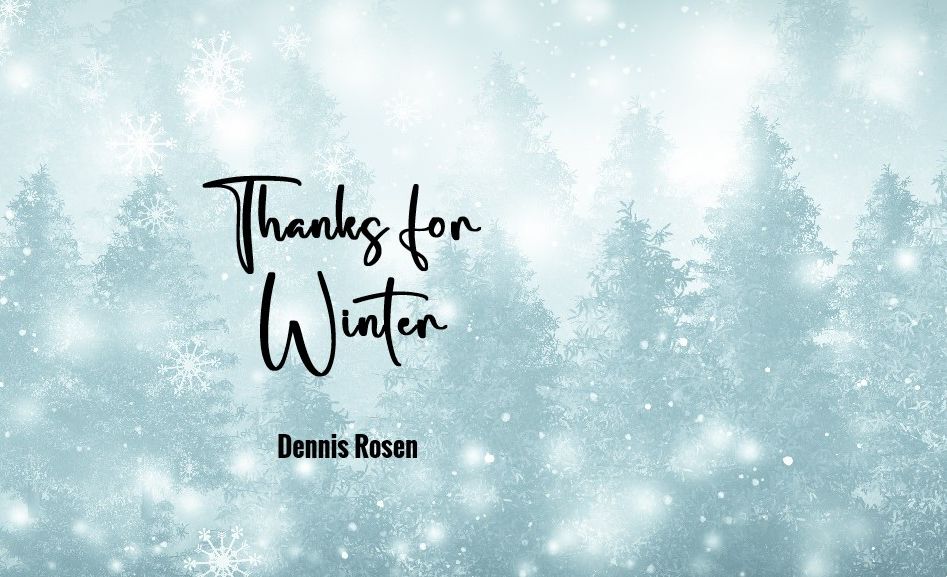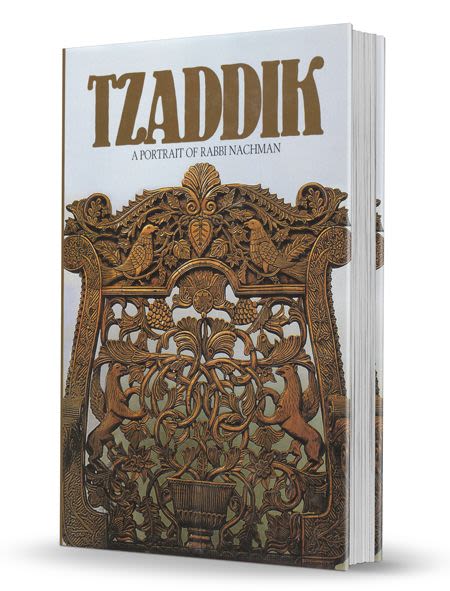
The Full Life of a Wheat Field
If we judge a wheat field by the way it looked at a single point in time, we might make the tragic error of judging it to be worthless. Same goes with judging people (including ourselves). Never underestimate the ability to repent!

As my wife and I were hiking in the Jezreel Valley, we walked past a field covered in weeds and thorns. It was about 6 square acres. The weeds had piled up so much that the field itself looked purple from the buds that were sprouting on top.
If you looked at the sight without any context, it looked pretty awful. It seemed like a farmland of failure. The truth turned out to be something different. The failure wasn’t the farm, but that I was judging the entire life of something based on a moment frozen in time.
We are the same as that field.
If you look at someone who just came back from a club, that frozen moment of his appearance can lead to tragically thinking that he is of no value to anyone.
Hashem commands us to give everyone the benefit of the doubt. We are commanded: Judge your fellow with righteousness. Vayikra 19:15
How do you do that? By examining the entire lifespan of the wheat field.
Before and After
In a few months, those acres will be plowed, and all the weeds will be swept away. For most of autumn, there will be a huge square of dust covering meters of dirt.
Come December, Hashem will send water from heaven. That water will mix into the dirt, and then seas of green will emerge from the depths to create a rich landscape of bright green.
That’s when Hashem fulfills His first blessing in Birkat HaMazon:
הזן את העולם כולו בטובו, בחן, בחסד, וברחמים
He feeds the entire world with grace, with kindness, and with mercy.
The entire field starts to grow wheat. Over a mere handful of acres, millions of wheat stalks will sprout, each carrying dozens of kernels that will become flour for Shabbat challah, cake, pitot, and just about everything we cook in an oven or fry in a pan.
By May, the wheat ripens, and the stalks turn khaki beige. They reflect the sun’s rays to glitter pure gold. Come Shavuot, the field looks like the Treasury of the King, holding millions and millions of shiny gold plants bearing their own God-given treasures.
Come summer, the wheat is harvested. The wheat kernels are removed from the stalks and processed into wheat. The stalks holding the kernels are bundled into haystacks for the animals to eat. While the land lays fallow during the summer months, weeds grow and thorns sprout.
If we were to judge the field by the way it looked in a single moment during the end of summer, we could be making the tragic error of judging it to be worthless.
The Stories of our Sages
What would we say about the teenager who was the prince of the most licentious nation ever?
How about the shepherd who used to harass sages?
Or about those guys partying the night away at a disco during their army break?
Every Jew is like the field. If we looked at them while their field was cluttered with weeds without taking into consideration what they would become very shortly, we would miss the rise of Moshe Rabbeinu, the transformation of Rabbi Akiva, and the impact Rav Shalom Arush and Rav Lazer Brody would make on all of us.
What about the Jew you see in the mirror?
Is it the useless thorns you focus on, or the rich soil underneath that has the capacity to feed the world?
***
David Ben Horin lives in Afula with his family, millions of sunflowers, and Matilda, our local camel. David‘s Israeli startup, Center Stage Marketing, is a lean marketing agency for startups and small businesses that creates and promotes SEO optimized ROI-driven to the right audience on LinkedIn to make your business the star of the show.










7/11/2023
One of your best articles!!